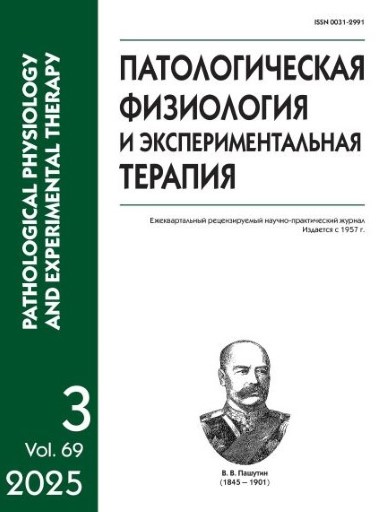Liquid biopsy: Prospects for use in patients with malignant melanoma
Abstract
Liquid biopsy is a method that has been frequently used in recent years as an alternative to traditional tissue biopsy. Liquid biopsy has a number of advantages, including non-invasiveness, a shorter analysis time, high sensitivity, and the opportunity of monitoring of tumor evolution and heterogeneity and real-time drug effectiveness. The use of liquid biopsy is especially important in malignancies, including melanoma, where traditional biopsy may be difficult. The aim of the review is to summarize the information about various methods of liquid biopsy and to assess the advantages and disadvantages of using circulating tumor cells, circulating tumor DNA and extracellular vesicles in this method. The materials were the data reported by Russian and international studies as well as our data published during the past 27 years, from 1997 through 2024. The article summarizes modern data on different types of liquid biopsy. The method of liquid biopsy uses circulating tumor cells, circulating tumor DNA, and extracellular vesicles. The review addresses modern methods of circulating tumor cell isolation and further DNA, RNA and proteome analysis. Also, this review focuses on modern methods of circulating DNA detection and their advantages and disadvantages. Extracellular vesicles are heterogeneous, as secreted by various cells and protected from the external environment by a double lipid membrane. The use of extracellular vesicles for liquid biopsy requires their isolation followed by analysis of their content, proteins and nucleic acids. The review discusses the most effective modern methods of extracellular vesicle isolation and analysis along with the advantages of their use for liquid biopsy. Thus, the use of liquid biopsy can help solving various tasks in diagnostics and treatment of patients with malignant tumors, including melanoma.






